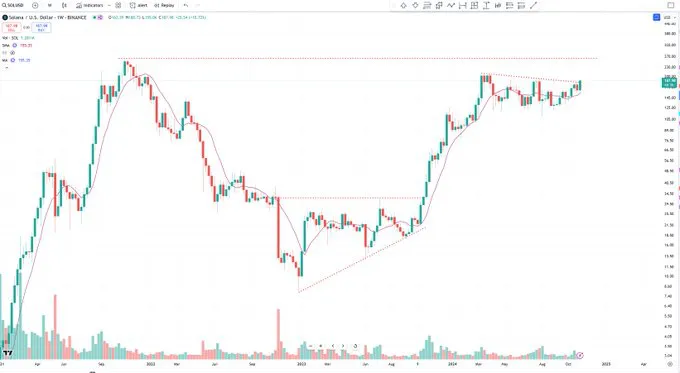
India has made significant strides in combating money laundering and terrorist financing, according to a joint assessment by the Financial Action Task Force (FATF), Asia/Pacific Group on Money Laundering (APG), and the Eurasian Group (EAG). While the evaluation highlights India’s progress, particularly in the financial sector and anti-money laundering (AML) efforts, it also points to virtual asset regulation as a key area that needs stronger oversight as India’s digital economy expands.
Virtual Asset Service Providers: A Sector in Focus
One of the critical gaps identified in India’s compliance is the oversight and regulation of Virtual Asset Service Providers (VASPs). As India’s crypto and digital asset ecosystem continues to grow, the FATF report calls for enhanced supervision of VASPs to ensure alignment with global AML/CFT standards. India is currently at an early stage in regulating this sector, and the report emphasizes the need for robust preventative measures to avoid VASPs being misused for illicit finance activities.
While Indian authorities have a solid understanding of broader money laundering and terrorism financing risks, the report stresses that the virtual asset sector will require continuous development to meet the same compliance levels seen in the traditional financial sector. The rise of virtual assets presents both opportunities and risks for India’s fast-growing economy, making this an area of strategic importance for the country’s regulatory framework.
Strong Compliance, But Gaps Remain
The assessment found that India has achieved a high level of technical compliance with FATF’s recommendations, particularly in areas such as beneficial ownership transparency and asset recovery. Indian authorities have demonstrated a strong understanding of the country’s money laundering and terrorist financing risks, leveraging financial intelligence to effectively disrupt and prevent illicit finance activities.
However, the report underscores several challenges. India must conclude money laundering cases that have been pending for long periods in its judicial system. The country’s ability to tackle money laundering linked to fraud and forgery is strong, but there are significant gaps in addressing issues such as human trafficking and drug trafficking, where progress has been slower.
Money Laundering Risks and Financial Institutions
India’s money laundering risks largely stem from domestic illegal activities such as fraud, corruption, and drug trafficking. The financial sector, particularly commercial banks, has made significant progress in applying preventative measures and complying with AML/CFT regulations. However, smaller financial institutions and certain non-financial sectors, such as precious metals dealers, still need to improve their compliance with regulations.
A critical issue remains India’s handling of domestic politically exposed persons (PEPs). The FATF report notes that reporting entities must better implement measures to manage risks associated with PEPs, which are currently lacking in coverage from a technical compliance perspective.
Terrorist Financing and Non-Profit Sector Vulnerabilities
India faces significant threats from terrorism and terrorist financing, particularly related to groups such as ISIL and Al Qaeda. While the country has demonstrated an ability to conduct complex financial investigations that disrupt terrorist activities, the prosecution of terrorist financiers needs improvement, with a particular focus on ensuring that offenders face appropriate sanctions.
Additionally, the report calls for a risk-based approach to regulating the non-profit sector to prevent misuse for terrorist financing. Authorities need to increase their outreach efforts to non-profit organizations (NPOs) to help them understand and manage these risks.
Financial Inclusion and Digital Payments: Key to Progress
India’s financial inclusion efforts have been a driving force in improving financial transparency and bolstering AML/CFT compliance. The country has more than doubled the number of citizens with bank accounts and has encouraged the adoption of digital payment systems, which bring more transactions into the formal financial sector. These initiatives contribute to India’s progress in anti-money laundering efforts while supporting financial transparency and inclusion.
Conclusion and Future Steps
The FATF-APG-EAG assessment of India’s efforts to combat money laundering and terrorist financing concludes that while the country has made significant progress, particularly in traditional financial sectors, its approach to regulating virtual assets needs to evolve rapidly. As India’s crypto sector continues to expand, the country must strengthen the regulatory framework for VASPs, while addressing ongoing challenges in other areas such as domestic PEPs and the non-profit sector.
India has been placed in regular follow-up and is expected to report back to the FATF Plenary in three years. Over this period, India must continue enhancing its systems to ensure it can effectively address the risks associated with both traditional finance and the emerging virtual asset sector.










